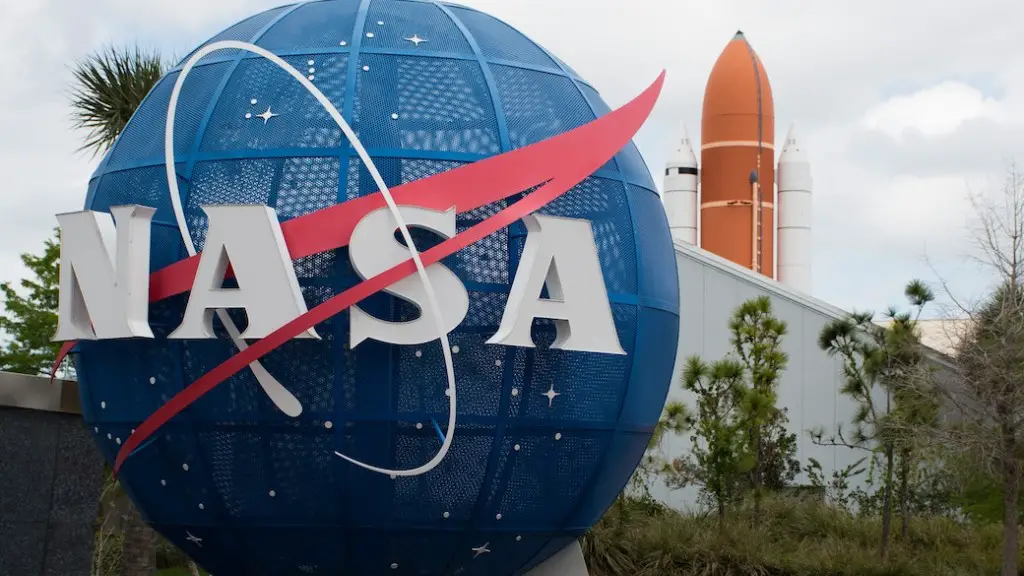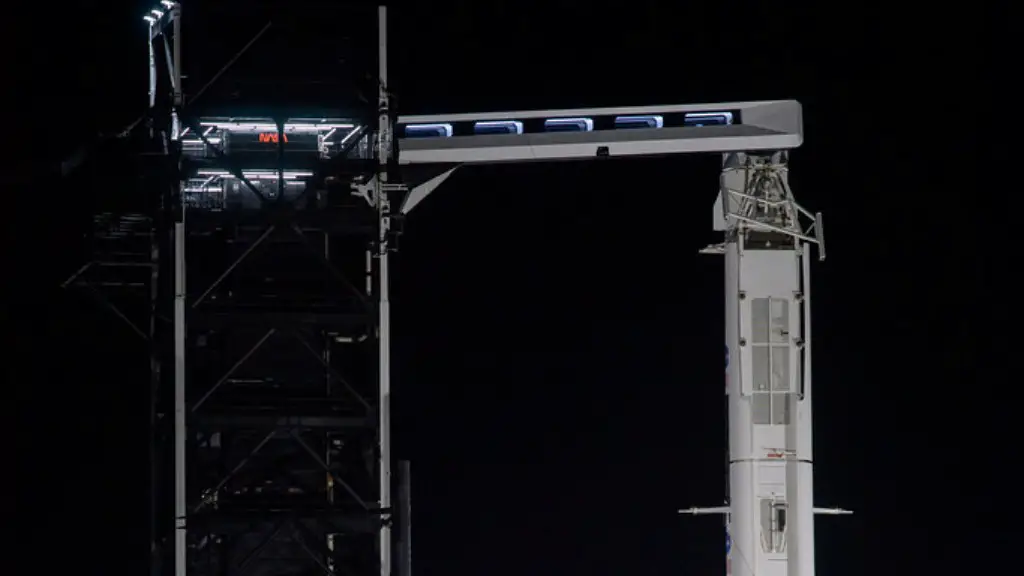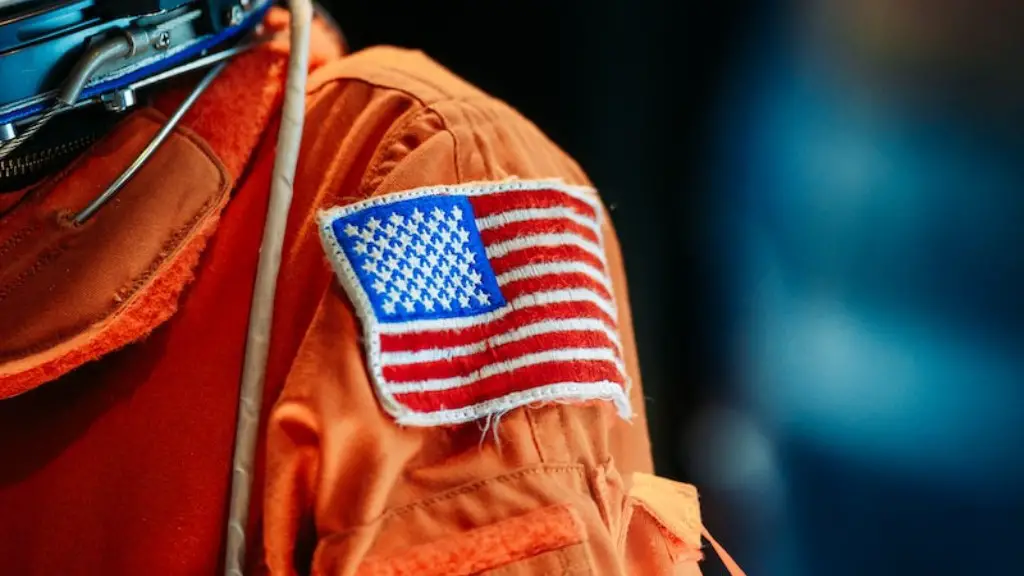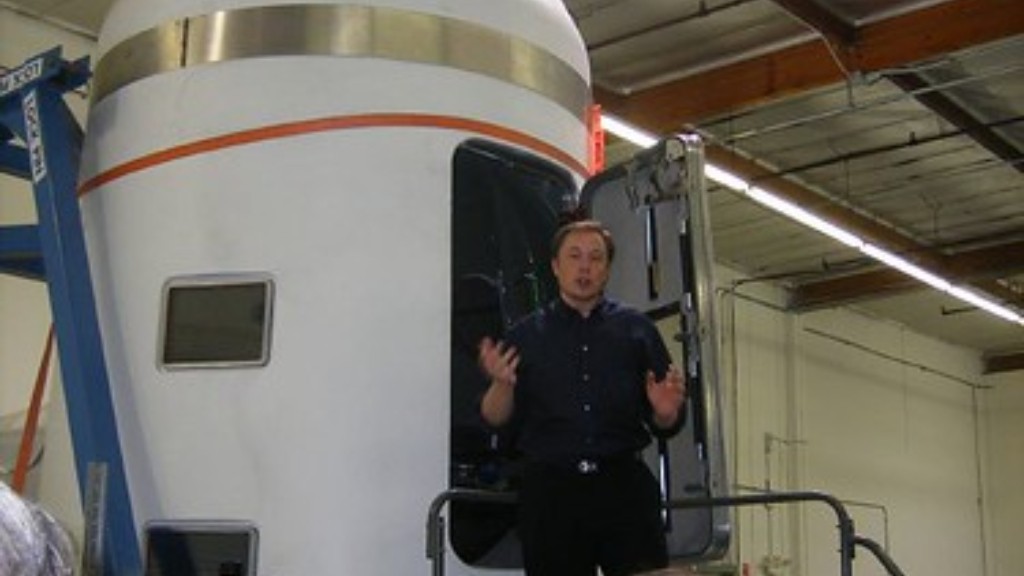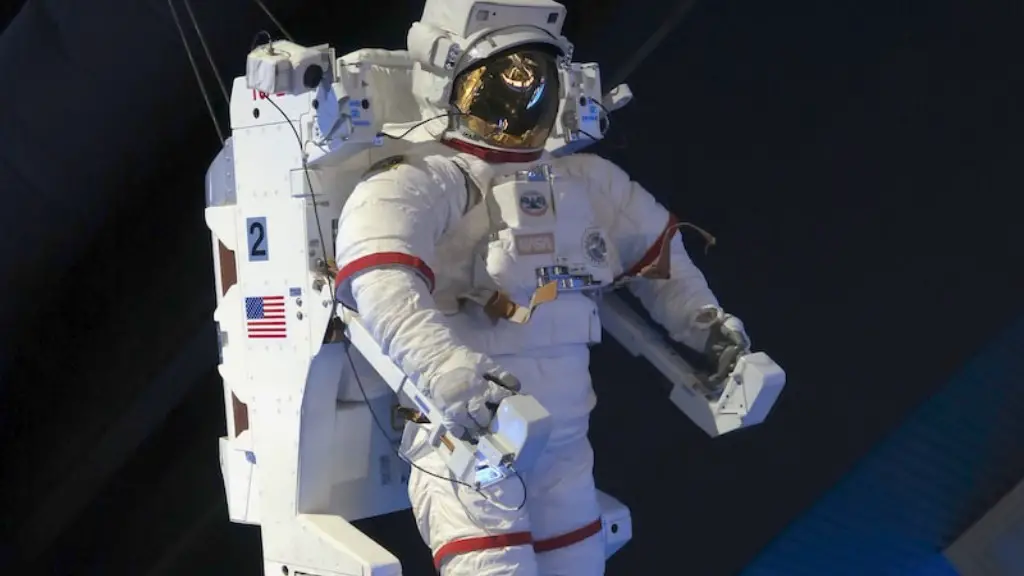The Hubble Space Telescope is a telescope that was launched into low Earth orbit in 1990 and remains in operation. It was not working as intended after its launch and scientists had to find a way to fix it. In 1993, astronauts from the Space Shuttle Endeavour went on a repair mission and were able to successfully fix the telescope. Hubble has since made many discoveries and has helped further our understanding of the universe.
After the Hubble telescope was launched into space, it was discovered that the main mirror was misaligned. This caused the images that the telescope took to be blurry. In order to fix this, NASA sent a space shuttle to attach a correction device to the telescope. This device worked to slightly bend the light that was coming into the telescope, allowing for sharper images.
How did they fix the flaw of Hubble Space Telescope?
The COSTAR instrument was designed to correct the optical flaw in the Hubble Space Telescope. It was about the size of a telephone booth and had five pairs of corrective mirrors. These mirrors counteracted the effects of the flaw and allowed the telescope to function properly.
The Hubble Space Telescope was finally launched in 1990, but its main mirror had been ground incorrectly, resulting in spherical aberration that compromised the telescope’s capabilities. The optics were corrected to their intended quality by a servicing mission in 1993.
What was wrong with the Hubble telescope and how did they fix it
It’s hard to believe that there was a time when the telescope’s main mirror was being polished before installation and the edges were polished very slightly too flat, leaving the telescope unable to focus perfectly. Thankfully, the problem was fixed and we have come to take the excellent performance of the Hubble Space Telescope for granted.
On Dec 2, 1993, the space shuttle Endeavour ferried a crew of seven to fix Hubble during five days of spacewalks. Two new cameras, including the Wide-Field Planetary Camera 2 (WFPC-2), which later took many of Hubble’s most famous photos, were installed during the fix. This was a crucial mission to save the telescope, and it was successful in extending its life and allowing it to continue to take stunning images of our universe.
How much did the Hubble mistake cost?
The settlement calls for NASA to receive $25 million from Perkin-Elmer Corporation’s optics division in Danbury, Connecticut, which produced and polished the mirror between 1978 and 1981, and Hughes Aircraft, a subsidiary of General Motors Corporation, which bought the optics firm in December 1989, just four years before the explosion.
The total cost of the repair mission was $700 million.
Astronomers would later say that the money was well-spent, as the images that came back from the repaired Hubble far surpassed those taken by any Earth-bound telescopes.
Could Hubble be serviced again?
The news that NASA and SpaceX have signed a Space Act Agreement to study the possibility of reboosting and even servicing the Hubble Space Telescope with the Crew Dragon is welcomed news for those who care about space exploration and science. The Hubble Space Telescope is an amazing instrument that has allowed us to see some of the most distant and interesting objects in the universe. The possibility that we could service and even upgrade the telescope in the future is very exciting.
The Hubble Space Telescope is one of the most successful and important scientific instruments ever built. It has revolutionized our understanding of the universe and has provided stunning images that have captivated the public imagination.
However, the telescope is now over three decades old and its components are beginning to fail. If there is a catastrophic failure that takes the telescope entirely offline, it is unlikely that NASA will greenlight a repair mission.
So what will replace Hubble when it is finally ready to retire? There are several new telescopes being developed that could take its place, but it will be hard to match Hubble’s success.
Who helped fix the Hubble telescope
The astronauts aboard the space shuttle Endeavour launched on a mission to correct the faulty optics of the Hubble telescope on December 2, 1993. The crew was able to successfully complete the repairs, and the telescope has been in operation ever since. This mission was an important step in our understanding of the universe, and the Hubble telescope has provided us with invaluable data and images of distant objects in space.
The Hubble Space Telescope is a large telescope that orbits Earth. It has been in operation since 1990 and has made many groundbreaking discoveries. However, it has also had its share of problems. One of its most well-known issues is that it suffered from spherical aberration. This meant that not all portions of the mirror focused to the same point. The mirror’s shape was off by less than 1/50th the thickness of a human hair, but this tiny flaw proved devastating to the quality of the Hubble’s images and to the efficiency of all of its instruments. The flaw was eventually corrected, and the Hubble has since resumed normal operations.
Who screwed up the Hubble mirror?
The report suggested that the principal blame for the costly error fell on a device called the reflective null corrector. This device was designed to ascertain the final figure of Hubble’s mirror. Unfortunately, one of the device’s lenses was flawed, which guided the mirror polisher to shape the wrong curvature.
Perkin-Elmer is an American company that specializes in the manufacture of scientific instruments. They are most famously known for the production of the optics for the Hubble Space Telescope. However, last week it was revealed that errors in the test instrument used to measure the curvature of the primary mirror led to the mirror being finished incorrectly. As a result, the Hubble Space Telescope has had to rely on corrective optics in order to function correctly, and these optics have been responsible for some of the blurriness in the images it produces. This news is disappointing to the astronomical community, as it means that the potential of the telescope is not being fully realized. However, Perkin-Elmer has acknowledged the error and is working to correct it.
Can you see Hubble from Earth
If you want to get the best view of the Hubble Space Telescope, you should head to an area on Earth that’s between 285 degrees north and 285 degrees south latitude. This is because the telescope’s orbit is inclined at 285 degrees to the Earth’s equator. So, if you’re in the right place, you’ll be able to see Hubble in all its glory.
Spherical aberration is an optical error that occurs when a lens or mirror doesn’t focus light evenly onto a surface. This can happen when a lens or mirror is misshapen, or when the surface isn’t perfectly smooth. Spherical aberration can cause images to appear blurry or fuzzy.
The Hubble Space Telescope’s primary mirror has been ground to focus incoming light from celestial objects, but a recent focusing test revealed that the images are smeared by a halo-like fog. This is due to spherical aberration in the mirror.
There are a few ways to fix this problem. One is to add a secondary mirror to the telescope, which will help to focus the light. Another is to grind the primary mirror into a new shape that corrects for the aberration.
We are hopeful that one of these solutions will help to fix the problem so that we can continue to enjoy the amazing images that the Hubble Space Telescope produces.
How long will Hubble last?
Hubble is not expected to re-enter Earth’s atmosphere until the mid to late 2030s at the earliest. After that, it will most likely be decommissioned and will either be left in orbit or returned to Earth.
The iconic space telescope Hubble won’t last forever. Its orbit is decaying and if it degrades badly it will unavoidably burn-up in Earth’s atmosphere. NASA and SpaceX can help save the telescope by working together to extend its orbit and keep it operational for years to come.
Warp Up
In 1993, engineers at the Space Telescope Science Institute and NASA’s Goddard Space Flight Center devised a way to fix the telescope’s flawed mirror without visiting the telescope in space. By using a process called adaptive optics, they were able to “de-shape” the mirror and compensate for its imperfections.
Due to a flaw in the primary mirror, the Hubble Space Telescope was not able to focus properly when it was launched into orbit in 1990. After the problem was discovered, NASA sent a team of astronauts to repair the telescope in 1993. They installed a device called the Corrective Optics Space Telescope Axial Replacement, which fixed the mirror and greatly improved the telescope’s performance.
